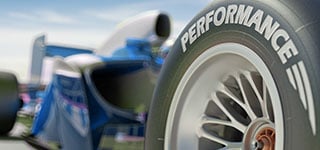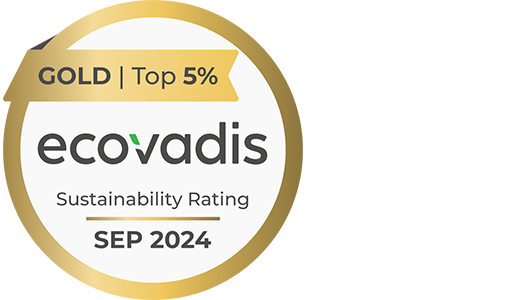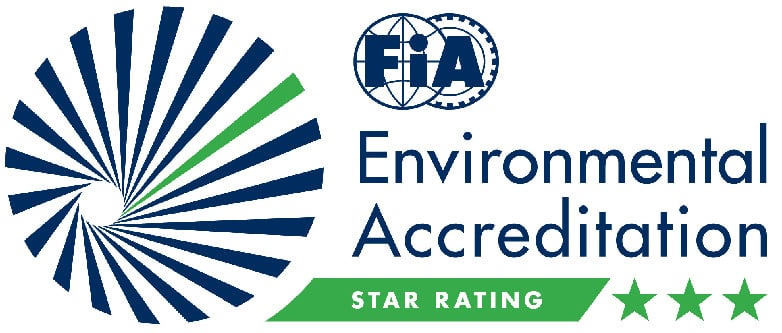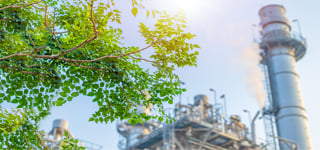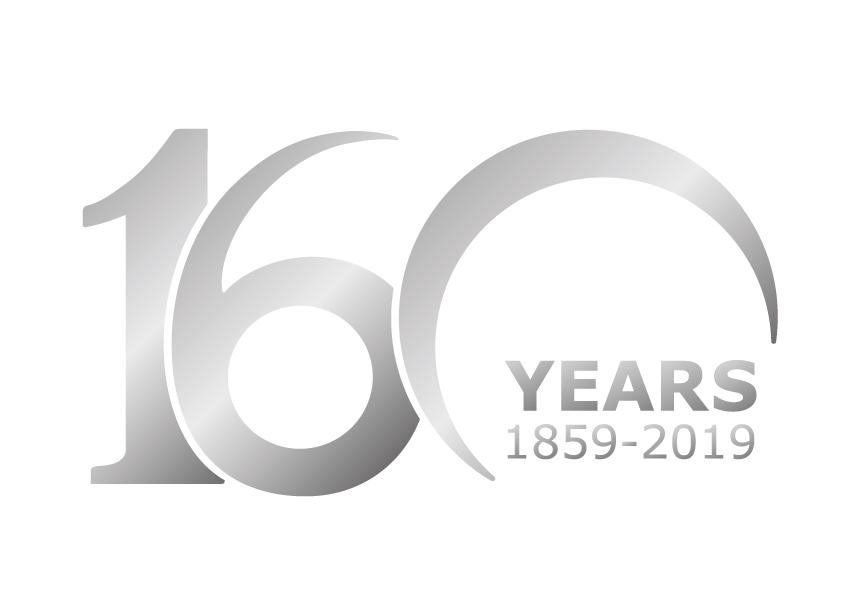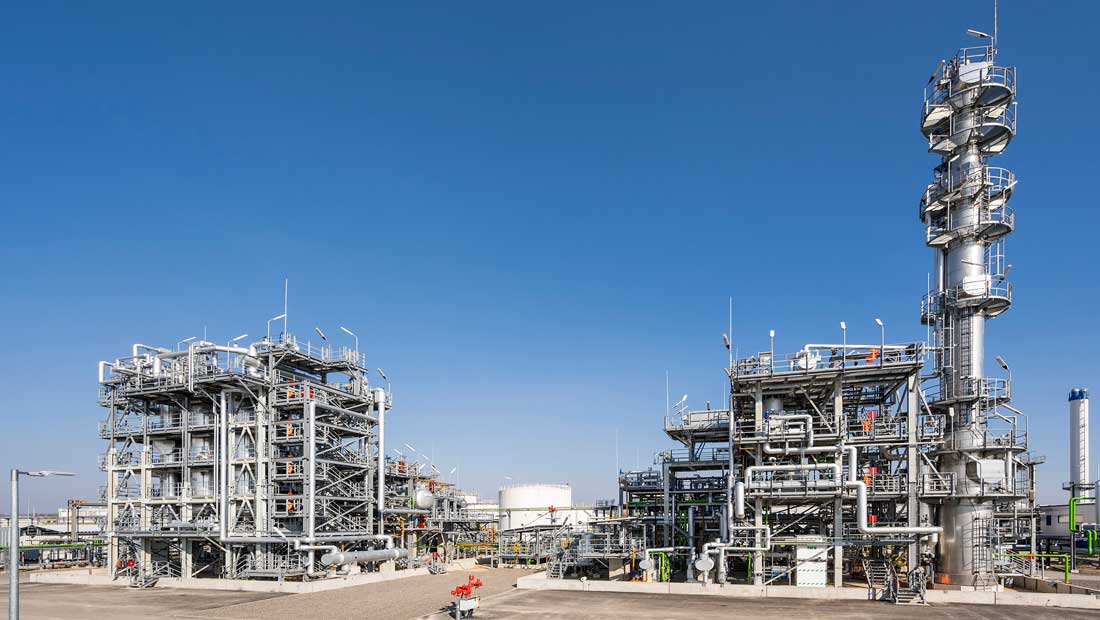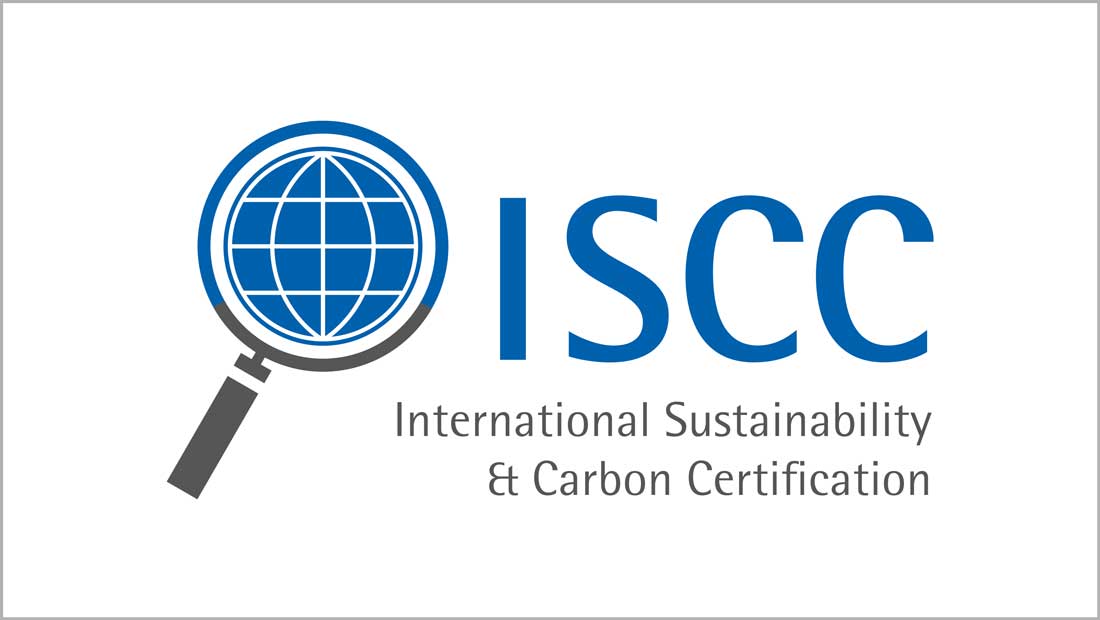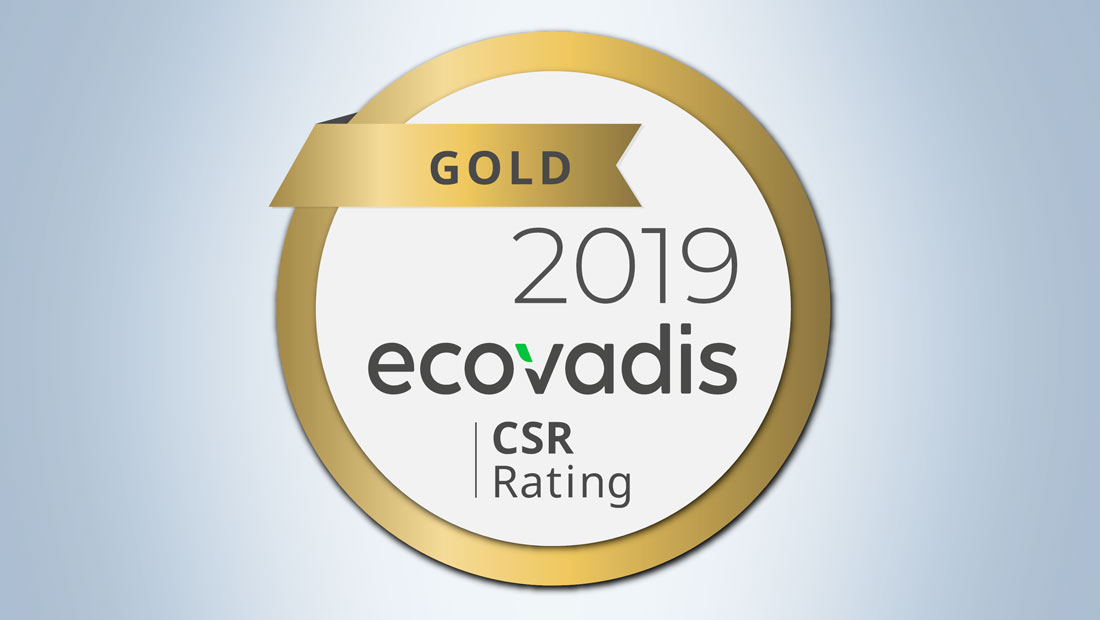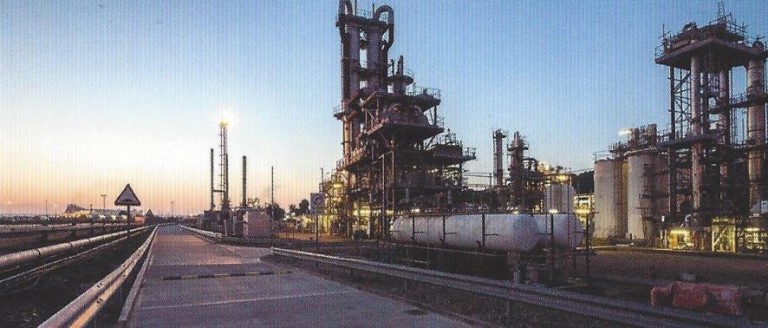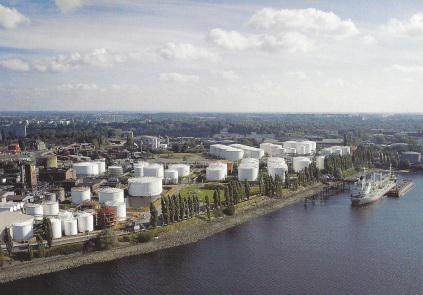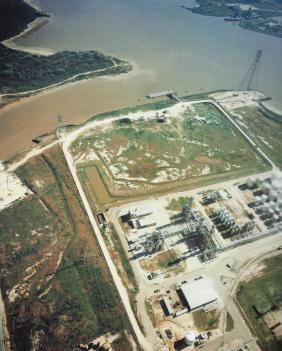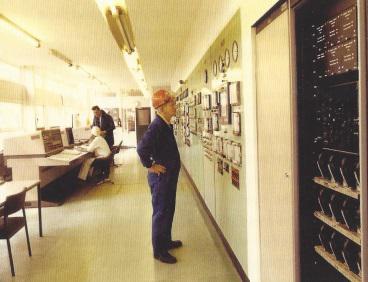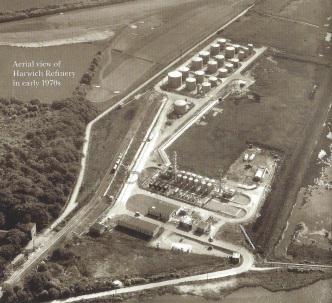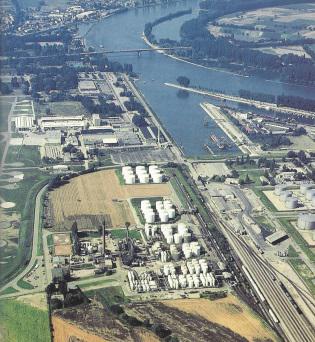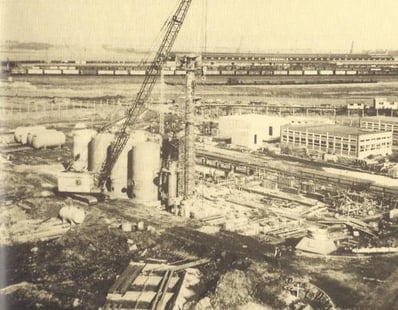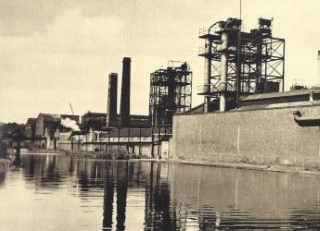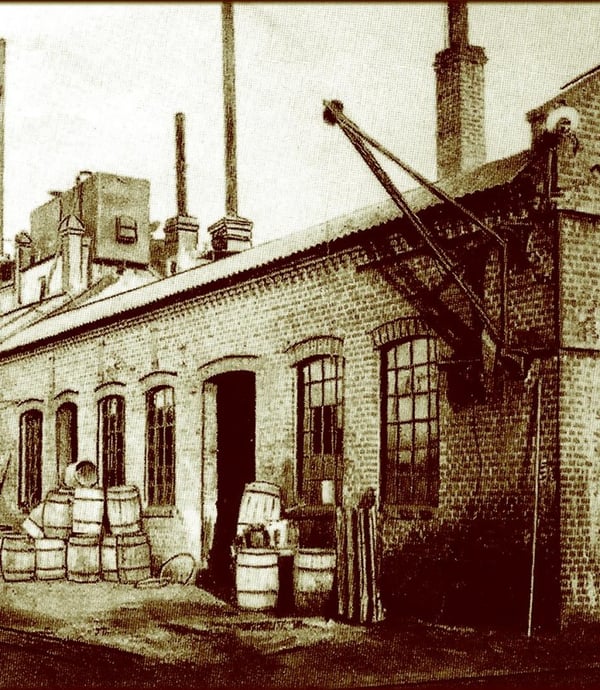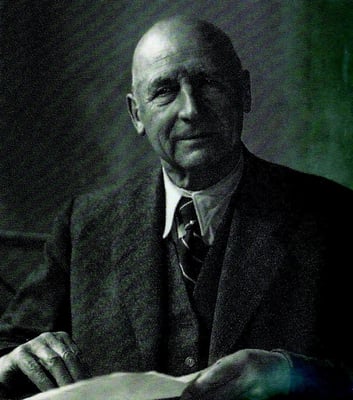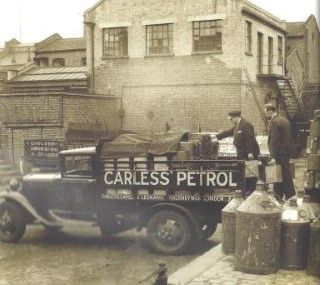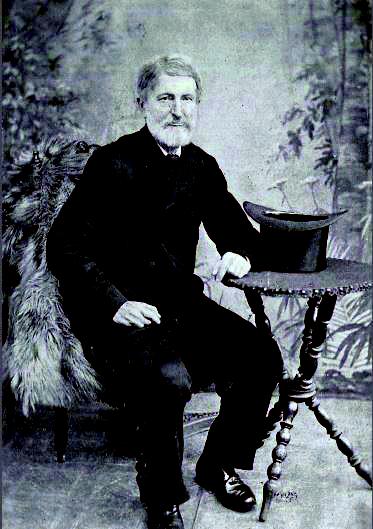Close
- Produkte & Lösungen
- 360° Service
-
Kundenspezifischer Service
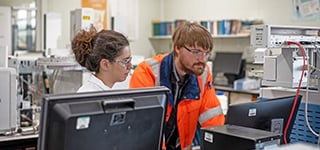
-
Kundenspezifische Informationen

-
Wussten Sie, dass…?Highlight

… wir für unsere Kunden ungewöhnliche Wege gehen? Das fängt schon bei der Liefermenge an: Unsere bisher größte Liefermenge von 15 Mio L im Seeschiff steht 0,15 L Referenzkraftstoff als kleinste Liefereinheit gegenüber. Erfahren Sie mehr zu unseren individuellen Supply Chain-Lösungen.Mehr erfahren
-
- Nachhaltigkeit
-
Nachhaltiges Wirtschaften

-
Den Mut haben, Neues anzupacken und positive Veränderungen herbeizuführen – für unsere Kunden, den Markt, die Gesellschaft und Umwelt sowie unser Unternehmen. Dazu haben wir uns ehrgeizige Nachhaltigkeitsziele gesetzt. Mehr erfahrenDer Nachhaltigkeit verpflichtet

-
Ausgezeichnet mit den Zertifikaten:
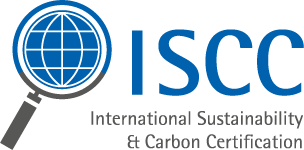
-
- Karriere
- Über uns
- Media
- Produkte & Lösungen
- 360° Service
-
Kundenspezifischer Service

-
Kundenspezifische Informationen

-
Wussten Sie, dass…?Highlight

… wir für unsere Kunden ungewöhnliche Wege gehen? Das fängt schon bei der Liefermenge an: Unsere bisher größte Liefermenge von 15 Mio L im Seeschiff steht 0,15 L Referenzkraftstoff als kleinste Liefereinheit gegenüber. Erfahren Sie mehr zu unseren individuellen Supply Chain-Lösungen.Mehr erfahren
-
- Nachhaltigkeit
-
Nachhaltiges Wirtschaften

-
Den Mut haben, Neues anzupacken und positive Veränderungen herbeizuführen – für unsere Kunden, den Markt, die Gesellschaft und Umwelt sowie unser Unternehmen. Dazu haben wir uns ehrgeizige Nachhaltigkeitsziele gesetzt. Mehr erfahrenDer Nachhaltigkeit verpflichtet

-
Ausgezeichnet mit den Zertifikaten:

-
- Karriere
- Über uns
- Media
Close
- Products & Solutions
- 360° Service
-
Customised Service

-
Customer Info

-
Did you know that…?Highlight

… we take unusual paths for our customers? This starts with the delivery quantity: Our largest delivery volume to date of 15 million liters in ocean-going vessels is offset by 0.15 liters of reference fuel as the smallest delivery unit. Learn more about our bespoke supply chain solutions.Learn more
-
- Sustainability
-
Sustainable Business

-
Having the confidence to tackle new challenges and drive positive change - for our customers, the market, society and the environment, as well as for our company. To this end, we have set ourselves ambitious sustainability goals. MoreCommitted to sustainability

-
Proud to be certified by:

-
- Career
- About Us
- Media
